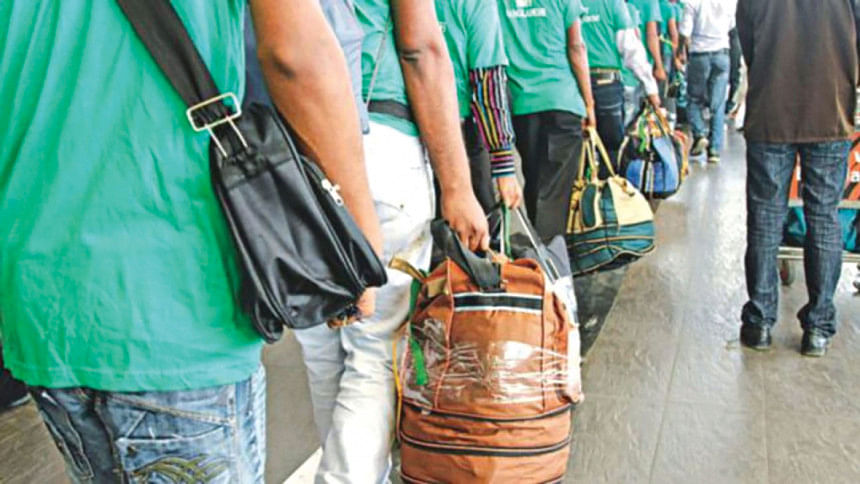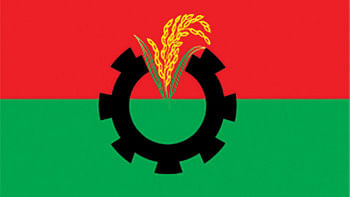50pc migrant workers 'less-skilled': RMMRU

Half of the record 13.05 lakh workers who migrated abroad last year were in the "less-skilled" category, said Refugee and Migratory Movements Research Unit (RMMRU) in its annual "Migration Trends Report" today.
Alongside the 50 percent less-skilled workers, last year 24.77 percent of workers migrated in "skilled," 21.01 percent in "semi-skilled," and 4.14 percent in "professional" categories.
Compared to 2022, migration of less-skilled workers last year was reduced by 23 percent, while migrations of professionals, skilled workers, and semi-skilled workers increased respectively by 3.8 percent, 2.04 percent, and 17.36 percent, says the report.
Sharing the report at a press conference at Jatiya Press Club, RMMRU Founding Chair Prof Tasneem Siddiqui said although the government categorises migrant workers in the above four categories, there is a question over the definition of their skills.
"Bangladesh often considers domestic workers skilled. However, the receiving countries do not recognise them as skilled," she said.
Responding to a query, she said while the migration of lowly-skilled workers is a "niche" for Bangladesh, the country must tend to shift towards "quality migration."
This could be an area to consider for protecting the rights of low-skilled workers, such as ensuring proper job contracts for them, she said.
She also said there have been several newly-built training centres in the country, but those are not funded sufficiently.
Besides, there is a "mismatch," as very few workers receiving skills training can get the opportunity of employment abroad. Instead, those who can "pay the money" get the chance, she added.
Salim Reza, full-time member of National Human Rights Commission, said providing proper skills training is pivotal to saving migrant workers from exploitation.
"Sending skilled workers will reduce exploitation and help generate higher remittances," he said.
According to the report, which analysed government data, last year's migration of 13.05 lakh workers is a milestone in terms of number of workers migrating abroad in a calendar year.
The report says compared to 2022, workers' migration to top-receiving country Saudi Arabia last year declined by 15.88 percent to 4.97 lakh, while migration to Malaysia increased by 22.53 percent to 3.51 lakh.
Besides, overall migration of female workers last year declined by 27.45 percent to 76,519 from the previous year.
Prof Tasneem said despite seeing high migration, remittances from Saudi Arabia declined by 3.9 percent last year. A study should be conducted to find out the reasons, she said.

 For all latest news, follow The Daily Star's Google News channel.
For all latest news, follow The Daily Star's Google News channel. 



Comments